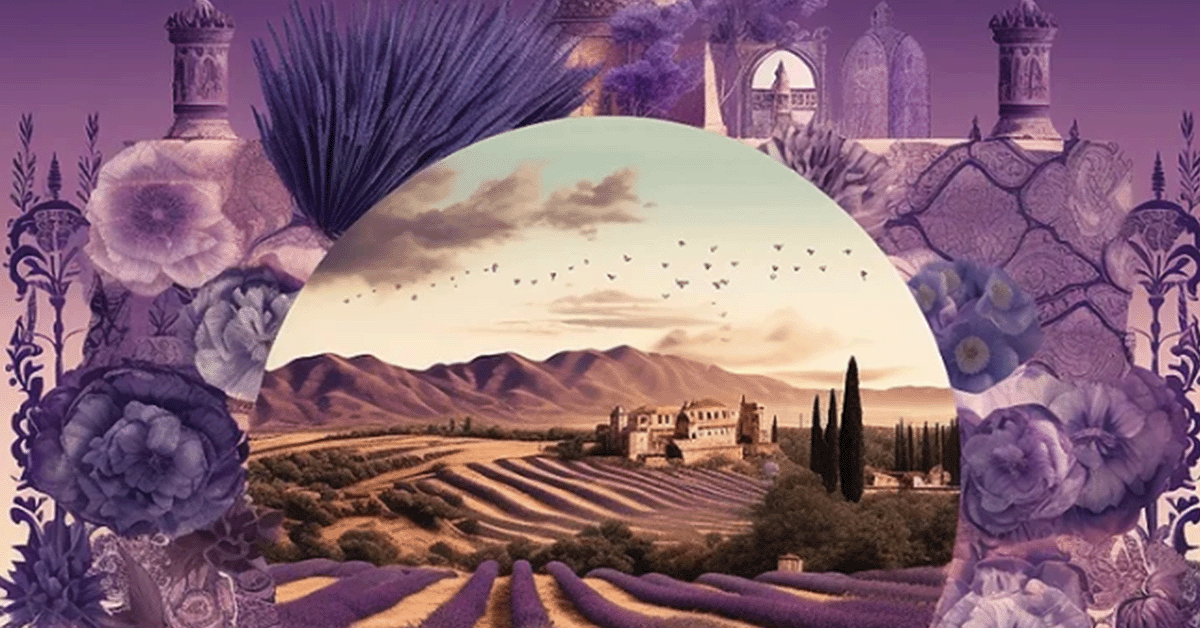
As a flowering plant belonging to the mint family, lavender holds a unique place in the history of herbology. Known for its captivating beauty, sweet floral fragrance, and diverse use, it has enchanted people around the world for centuries.
Believed to have originated in the Mediterranean, Middle East, and India, the use of lavender dates back to over 2,500 years. Most of its earliest applications were largely medicinal and offered relief from an upset stomach and many other ailments.
As time unfolded, lavender’s reputation blossomed. One of the earliest records comes from Dioscorides, a Greek naturalist in the 1st century A.D. With his praise of its healing properties, lavender became a staple in Roman military medical kits. The commercial value of lavender also rose as citizens learned of its versatile uses.
The tempting aromatics of lavender even found their way to the legendary queen Cleopatra. Rumor has it that she used its oil in love potions to seduce Julius Caesar and Mark Antony.
In the European Middle Ages, lavender graced the courts of England and France, becoming the signature scent of royalty. Even in World War I, lavender was harnessed to dress war wounds. There is no doubt that this wonderful herb has left a lasting impression on our cultural and medical history.
The allure of lavender has persisted into modern times, with cultivation spanning across Europe, Australia, New Zealand, and the Americas.
The commercial value of lavender lies primarily in its oil, which is extracted from its flowers through distillation.
As a popular choice in aromatherapy, its calming properties are used to encourage relaxation and ease stress. It has also recently found its way into our kitchens, to add an elegant flavor to salads, soups, and baked goods.
Incorporating the magic of lavender into your daily routine is more simple than you might think. Here are some easy ways to enjoy its benefits:
Lavender is more than just an herb; it’s a thread woven through the fabric of human history. Its journey from ancient cultures to the present highlights its timeless appeal and adaptability. As we delve into its uses and benefits, we partake in this age-old story, becoming part of a global tradition of herbal appreciation.
This blog is for informational purposes only and does not represent the views of Rite Innovations. The insights shared are anecdotal and not universally applicable. The FDA has not evaluated the statements about herbal products, and we recommend consulting with a physician before consuming them. These products are not intended to diagnose, treat, cure, or prevent diseases. Support for claims made on this website is available upon request. This article is not intended as legal advice.
Sign up for our newsletter to get the latest from the Rite Innovations team.